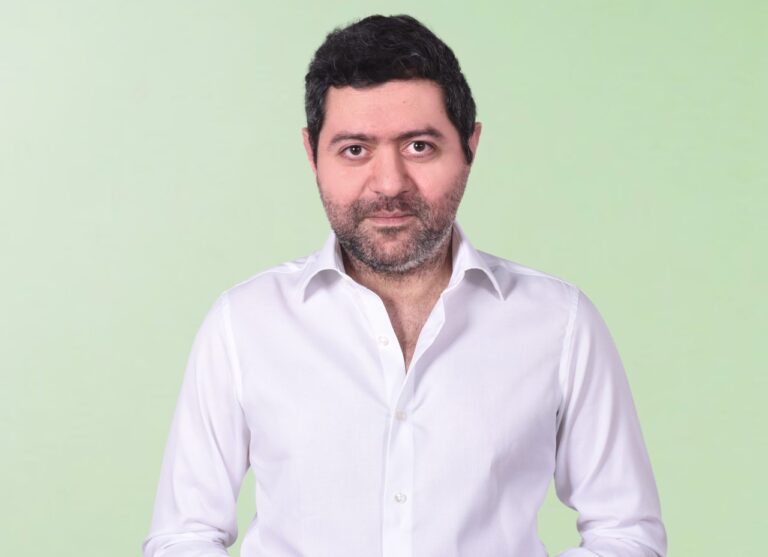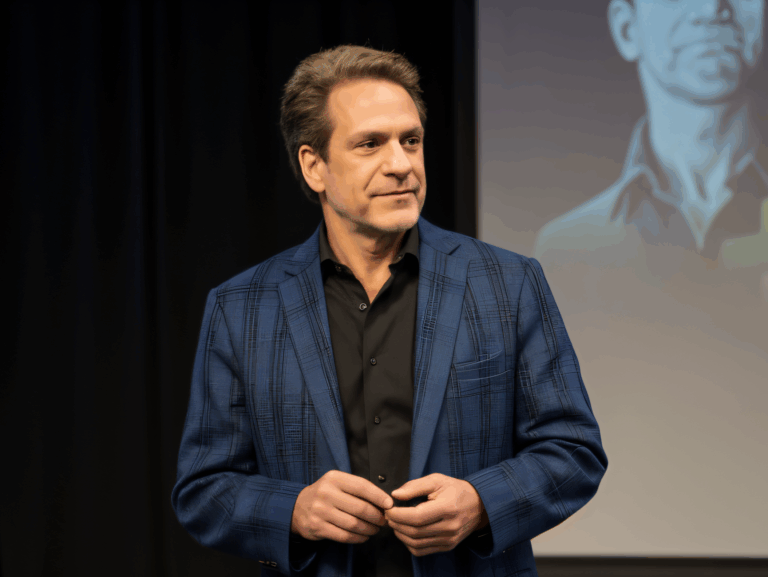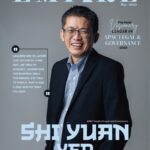The Future of Luxury: AI is Redefining the High-End Industry

Over the past few years, artificial intelligence (AI) has become a disruptor in almost every business sector—and luxury is not behind. From AI-powered bespoke shopping to design revolutions fueled by artificial intelligence, high-end fashion, jewelry, and cars are going through a dramatic makeover.
The question is not if luxury brands will implement AI—but how they can leverage it to heighten exclusivity, personalization, and craftsmanship.
1. AI-Driven Personalization: The Ultimate Luxury Experience
Luxury is about exclusivity, and AI is pushing personalized customer experiences to a whole new level. Luxury brands such as Louis Vuitton, Gucci , and CHANEL are using AI-driven chatbots and virtual stylists to learn about customer tastes, buying history, and even moods through sentiment analysis.
Example: Burberry employs AI to examine customer information and forecast which products will most attract a given individual shopper. This guarantees VIP customers get bespoke recommendations—online or in-store.
What This Means for the Future: Luxury consumers want a smooth fusion of human care and AI-driven support, rendering their experience effortless yet intensely personal.
2. AI and Creativity: Can Machines Design Luxury?
One of the industry’s largest arguments is: Can AI substitute human designers? Although AI will never be able to completely mimic the artistic instinct of iconic designers such as Karl Lagerfeld or Alexander McQueen, it is speeding up the design process.
Example: Prada Group and BALENCIAGA are employing AI to examine past fashion trends and forecast upcoming design styles. AI-driven collections are on the rise, with technology proposing color combinations, textile selections, and even silhouette cuts according to live fashion analytics.
Future Perspective: AI will not substitute designers but act as an incredibly strong co-pilot, providing data-based inputs to redefine creativity.
3. The Era of AI-Driven Virtual Luxury Shopping:
With digital fashion and the metaverse in full swing, luxury houses are embracing AI-driven virtual shopping experiences.
Example: LVMH‘s virtual fitting rooms powered by AI enable consumers to try on garments without entering a store. Gucci introduced virtual sneakers that only exist in augmented reality—appealing to the Gen Z consumer who craves digital exclusivity.
What This Means for the Industry: Luxury shopping will be borderless, with customers able to interact with brands at any time, anywhere, via virtual reality (VR), augmented reality (AR), and AI chatbots.
4. AI in Sustainability – A Game-Changer for Ethical Luxury:
Luxury consumers are getting greener, and AI is assisting brands in cutting down waste, optimizing sourcing, and building sustainability.
Example: Stella McCartney utilizes AI to monitor the environmental footprint of its supply chain. AI calculates how much stock to create, reducing waste and excess stock.
What’s Next: AI will power more open, moral, and eco-friendly luxury manufacturing—addressing next-gen consumer expectations
Final Thoughts: AI is Luxury’s Biggest Opportunity
Luxury has always been about exclusivity, craftsmanship, and personalization. AI is not replacing these values—it’s enhancing them. Brands that embrace AI strategically will be the ones that redefine luxury for the digital age.
The question is: Is the luxury industry ready to embrace the future?
Follow The Empire Magazine for more industry insights.










